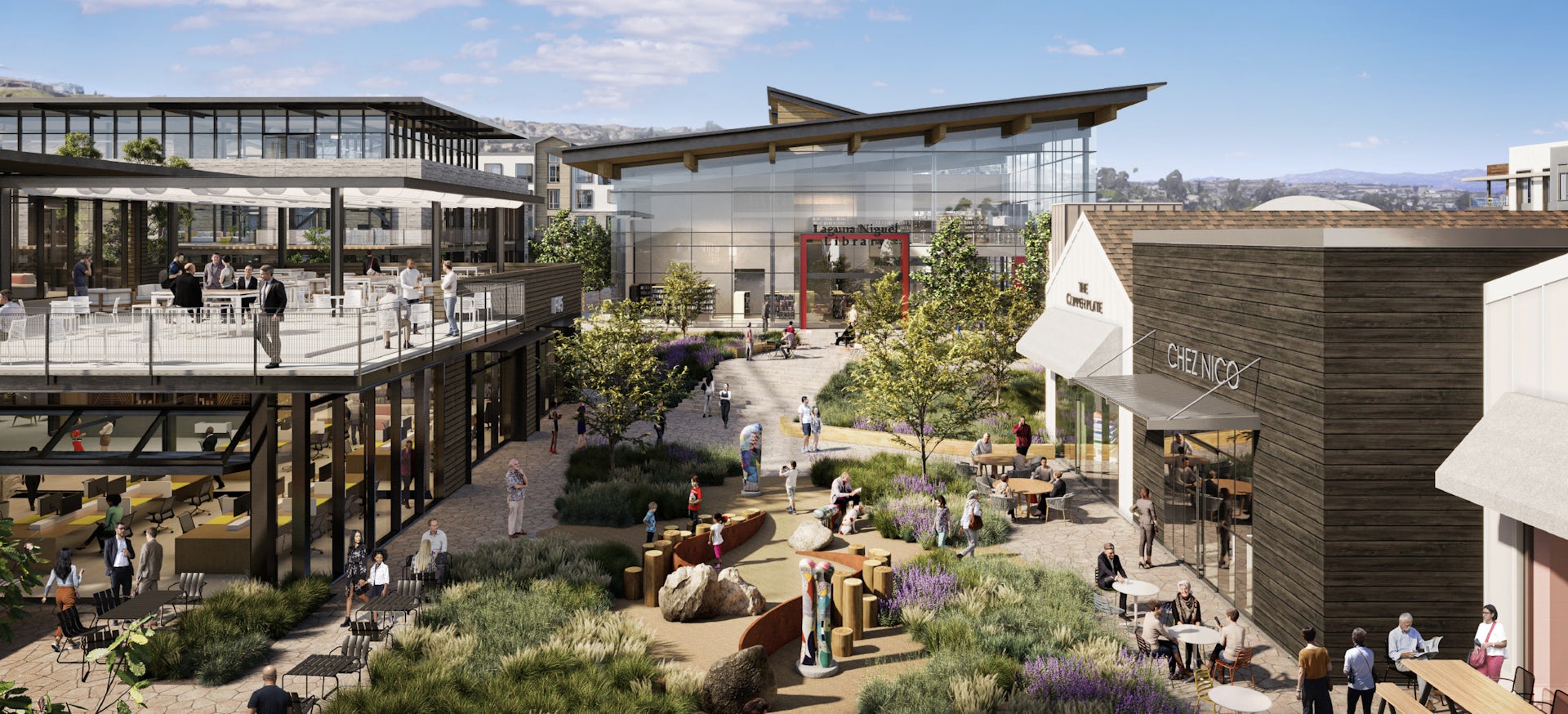Designing welcoming and comfortable spaces can boost a sense of belonging, community and trust.
Loneliness is reaching epidemic proportions in the U.S. Even before the COVID pandemic, one in two adults in America reported experiencing loneliness and a sense of isolation, according to a recent report from the Office of the U.S. Surgeon General.
The consequences of “a society that lacks social connection” can be felt in schools, workplaces and civic organizations, in the form of diminished performance, productivity and engagement, the report concludes. As a health issue, loneliness is associated with a greater risk of cardiovascular disease, dementia, stroke, depression, anxiety and premature death.
“Given the profound consequences of loneliness and isolation, we have an opportunity, and an obligation to make the same investments in addressing social connection that we have made in addressing tobacco use, obesity, and the addiction crisis,” the surgeon general, Dr. Vivek H. Murthy, wrote in the report.
The built environment and design play a key role in developing social connections and combating problems of isolation and disconnection, the report notes. Workplaces, schools, libraries and civic spaces can be designed to foster a sense of inclusion and connection.
“Belonging is a fundamental human need,” says Kimari Phillips, research manager with LPA’s Sustainability and Applied Research team. “Understanding the harmful effects of loneliness and isolation can inspire design decisions that lead to increased social connection and provide long-term benefits for individuals and communities.”
On every project, LPA designers develop goals around wellness, community and experience. To help inform design decisions that support mental health, Phillips has been researching design elements that can help combat social isolation and cultivate a sense of belonging.
Three areas of research around building social connections include:
Welcoming Spaces
Comfortable, human-scale spaces and easy wayfinding can all help people feel connected to the place and the people around them. “Logically organized spaces, convenient amenities and a variety of furniture arrangements bring people together and invite opportunities for people to ‘hang out’ together,” Phillips says.
Having a variety of spaces enhances occupant experiences and allows people to choose whether and where they are comfortable engaging with others. People generally need a combination of sociopetal spaces, designed to bring people together, and sociofugal spaces, which allow minimal interactions with others, studies suggest. Spaces that facilitate social interaction and cooperative activities include inviting common areas like lounges, courtyards, student unions, shared kitchens and flexible outdoor seating areas.
“Humans instinctively look for places that present us with opportunities and make us feel safe,” Phillips says. Opportunities are provided by places with good prospects, like those with expansive views, potential for activity or a chance to explore; places of refuge provide a sense of protection and safety, like a bench or a secluded deck.















